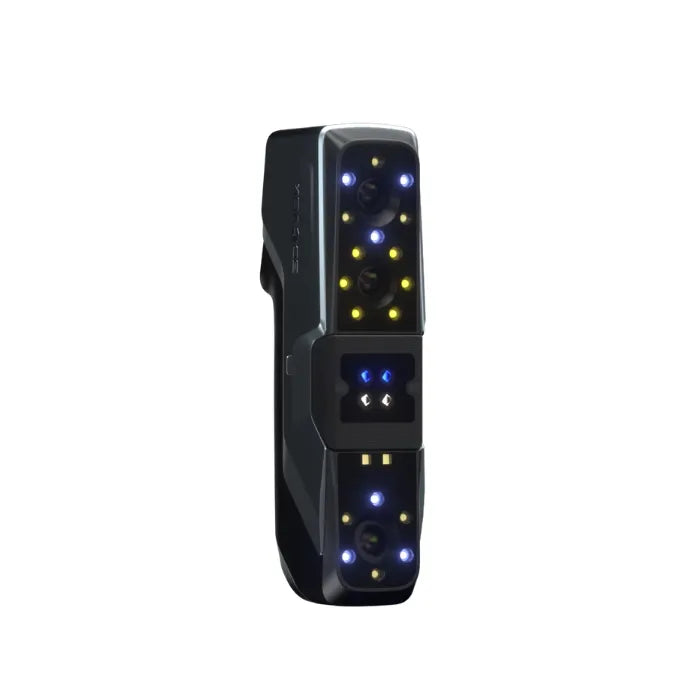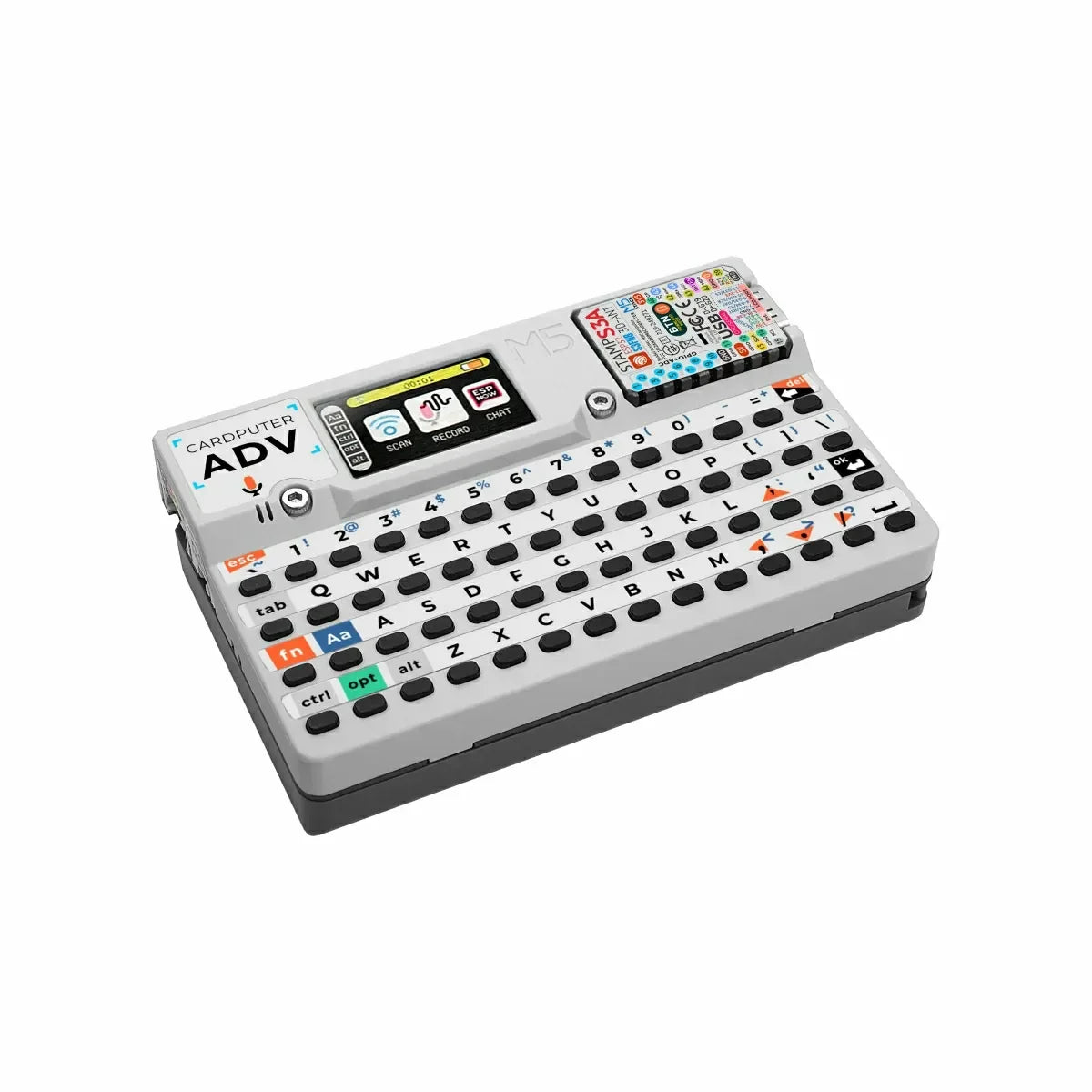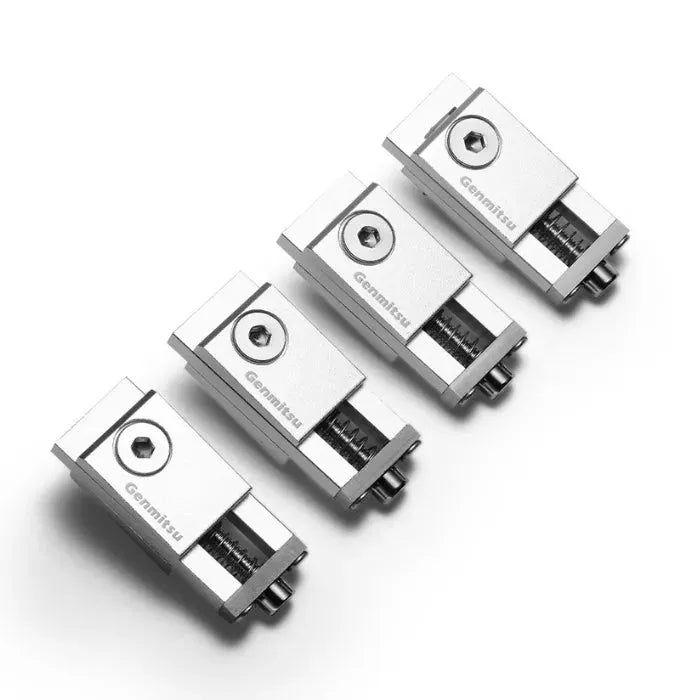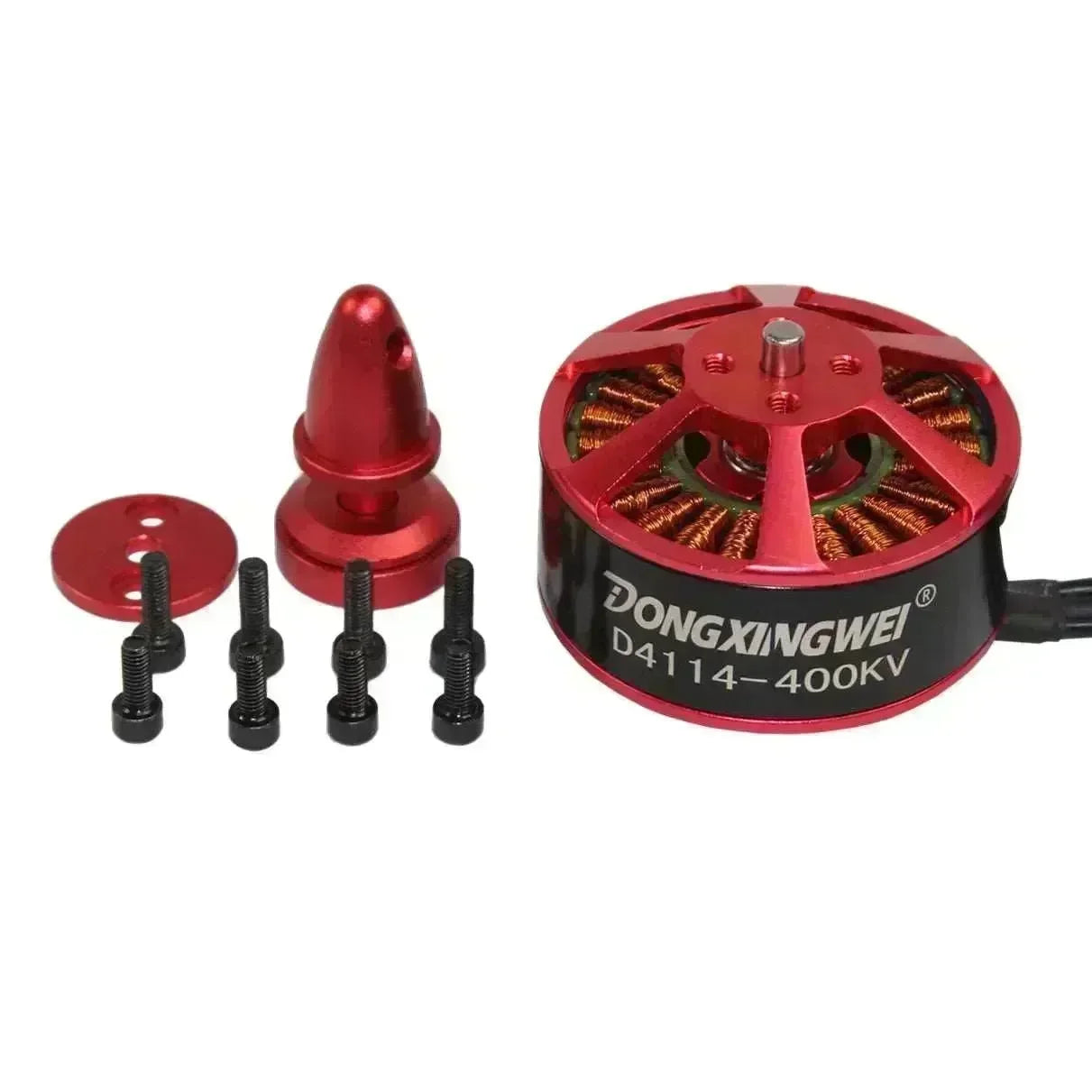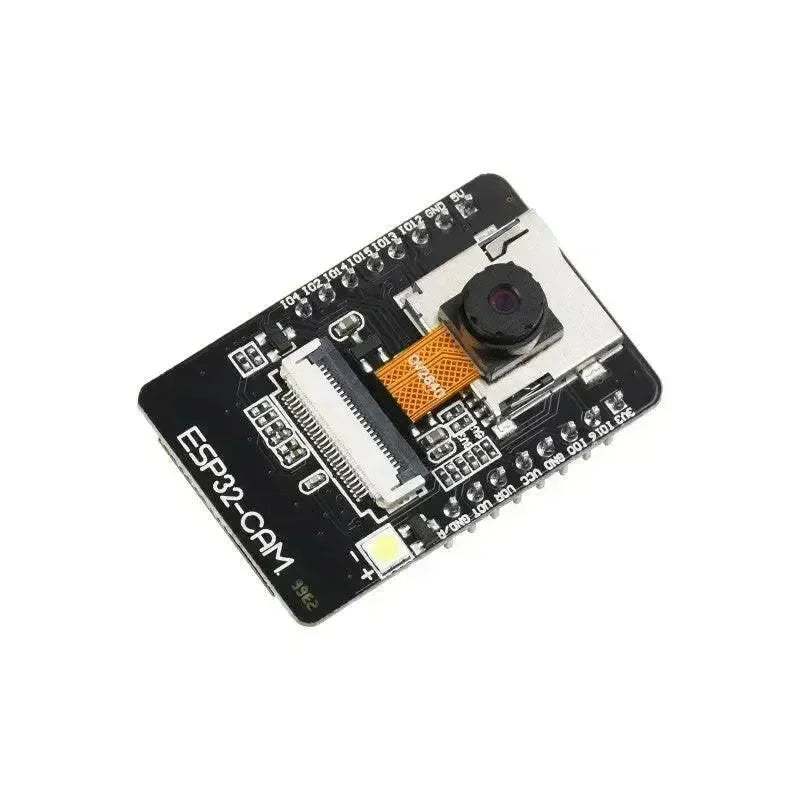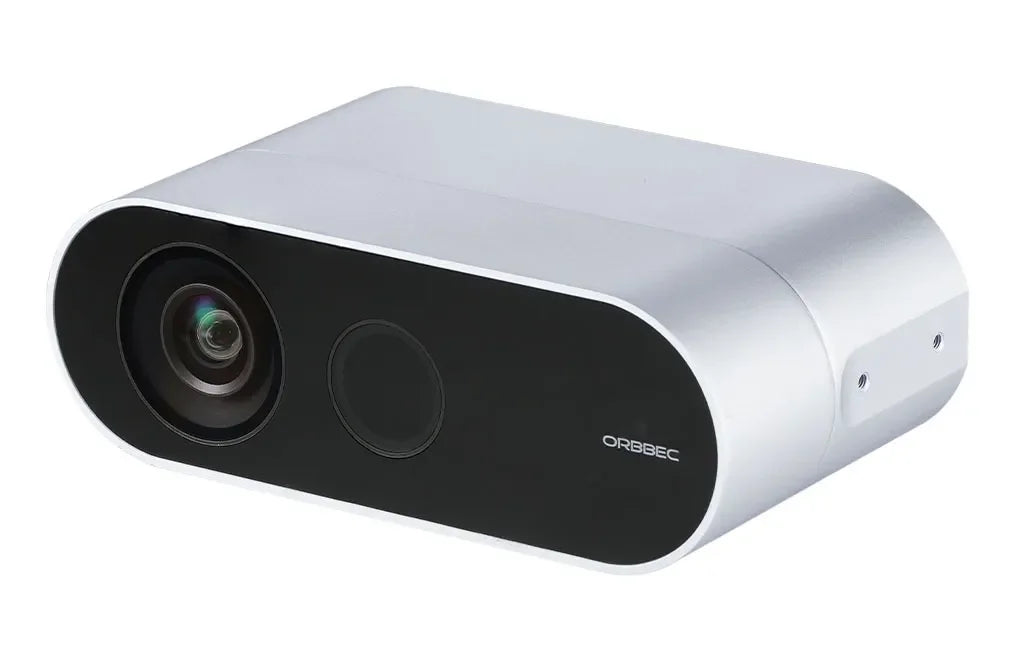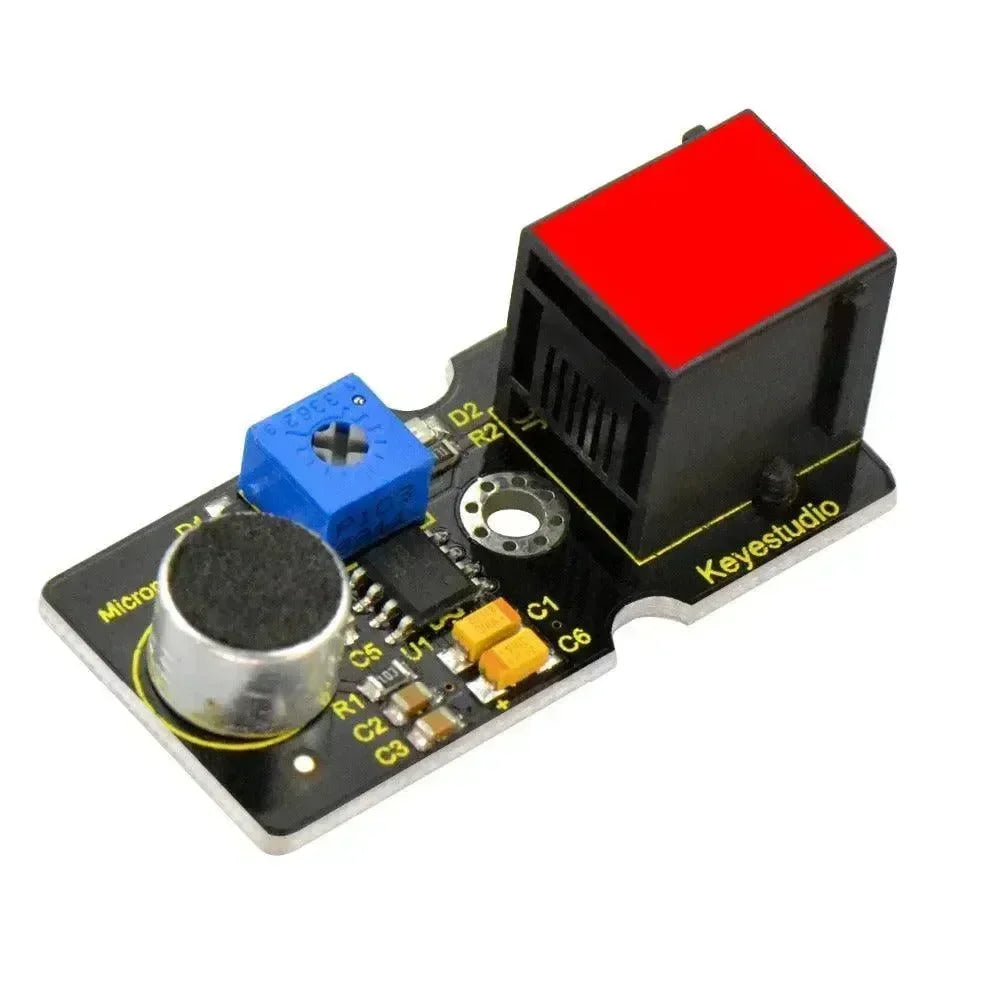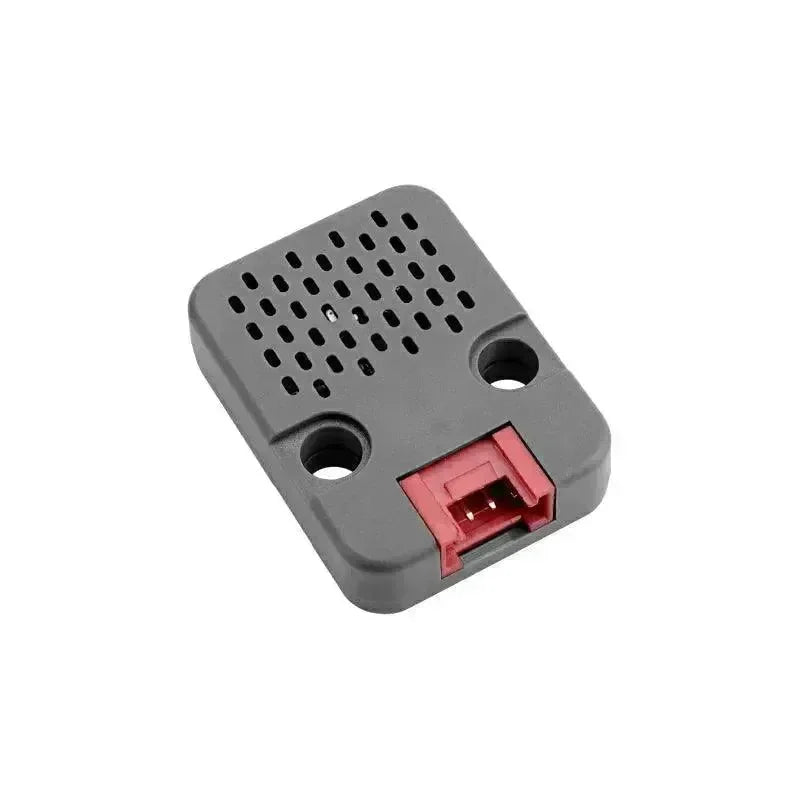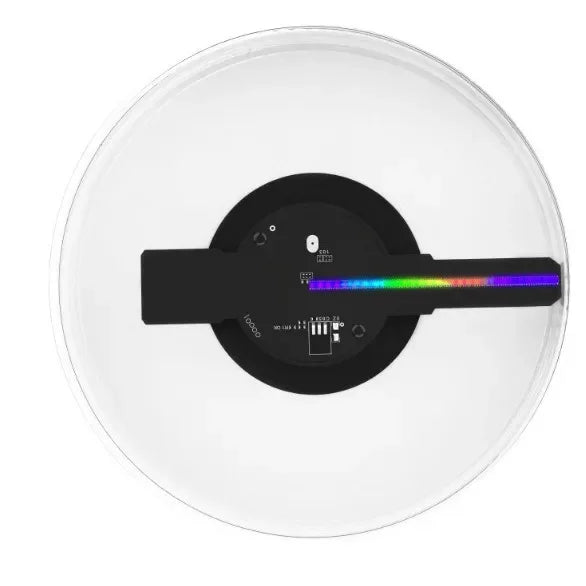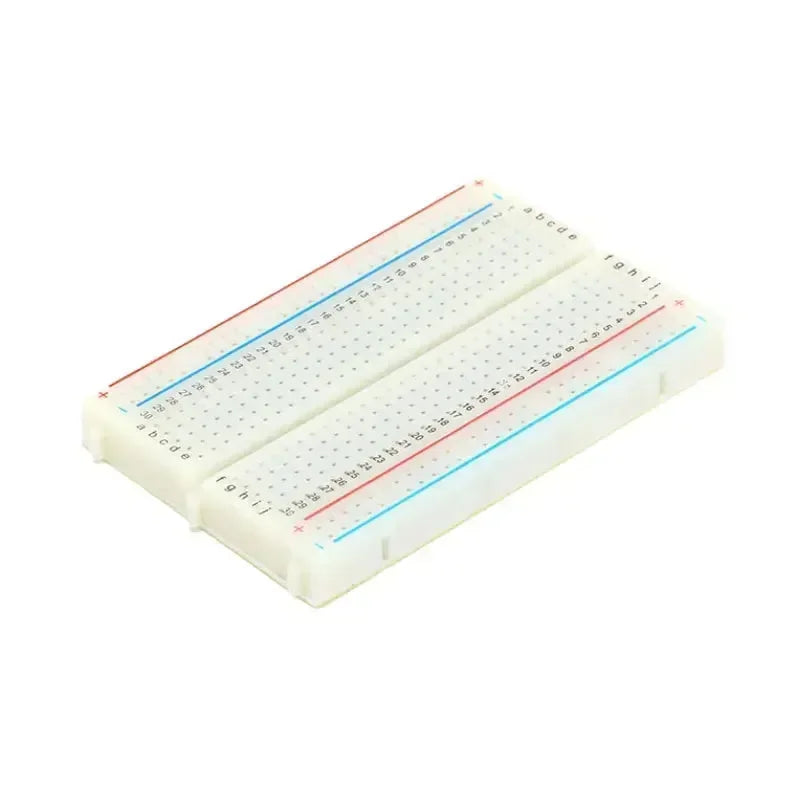Was ist Raspberry Pi Pico 2
RP2350 ist ein Mikrocontroller, der von Raspberry Pi entwickelt wurde.

Egal, ob Sie ein Raspberry Pi Pico 2 oder ein anderes RP2350-basiertes Mikrocontroller-Board haben, alles, was Sie zum Einstieg benötigen, finden Sie hier. Sie finden Unterstützung für C/C++ und MicroPython auf dem Raspberry Pi Pico 2, sowie Links zu Ressourcen für andere RP2350-basierte Boards. Darüber hinaus gibt es Links zur technischen Dokumentation sowohl für das Raspberry Pi Pico 2 Mikrocontroller-Board als auch für den RP2350 Mikrocontroller-Chip.
Raspberry Pi Pico VS Raspberry Pi Pico 2
| Merkmale | Raspberry Pi Pico 2 | Raspberry Pi Pico |
| SoC | RP2350, Dual Core Arm Cortex M33 oder Dual Core RISC-V Hazard3 mit bis zu 150 MHz | RP2040, Dual Core Arm Cortex M0+ mit bis zu 133 MHz |
| SRAM | 520 KB | 264 KB |
| Flash-Speicher | 4 MB QSPI | 2 MB QSPI |
| Sicherheit | Arm TrustZone, 8KB OTP, Secure Boot | Keiner |
| WLAN / Bluetooth | Keiner | Keine (Pico W hat dies) |
| Sprachunterstützung | MicroPython, CircuitPython, C, C++ | MicroPython, CircuitPython, C, C++ |
| USB-Schnittstelle | USB 1.1 Gerät und Host | USB 1.1 Gerät und Host |
| GPIO-Logikpegel | 3,3 V | 3,3 V |
| GPIO | 26 x digitale IO | 26 x digitale IO |
| Zeile 9 - Zelle 0 | 4 x 12-Bit-ADC (Analoge Pins) | 3 x 12-Bit-ADC (Analoge Pins) |
| Zeile 10 - Zelle 0 | 2 x UART, 2 x I2C, 2 x SPI, 24 x PWM | 2 x UART, 2 x I2C, 2 x SPI, 16 x PWM |
| Programmierbare IO | 12 PIO-Zustandsmaschinen | 8 PIO-Zustandsmaschinen |
| Integrierte LED | GPIO 25 | GPIO 25 |
| Leistung | 1,8 bis 5,5 V über Micro USB oder VSYS | 1,8 bis 5,5 V über Micro USB oder VSYS |
| MCU-Ruhemodus | <10uA | 100 uA |
| Abmessungen | 21 x 51mm | 21 x 51mm |
| Preis | $5 | $4 |
Warum heißt es RP2350

Anzahl der Prozessorkerne
Lässig welcher Prozessor (M33)
floor(log2(RAM / 16KB))
floor(log2(nonvolatile / 128KB)) oder 0, wenn kein integrierter nichtflüchtiger Speicher vorhanden ist
Spezifikation
Der RP2350 ist ein vielseitiger Hochleistungs-Mikrocontroller von Raspberry Pi, der sicher, erschwinglich und benutzerfreundlich ist.
Es verfügt über einen großen On-Chip-Speicher, einen symmetrischen Dual-Core-Prozessorkomplex, eine deterministische Busstruktur und einen umfangreichen Satz an Peripheriegeräten, die durch das einzigartige PIO-Subsystem (Programmable I/O) erweitert werden. Diese Kombination bietet professionellen Anwendern außergewöhnliche Leistung und Flexibilität. Für Anfänger und Bastler bietet der RP2350 einen einfachen Einstiegspunkt mit ausführlicher Dokumentation, einem ausgefeilten MicroPython-Port und einem UF2-Bootloader im ROM.
Als zustandsloses Gerät unterstützt der RP2350 die zwischengespeicherte Ausführung vor Ort aus dem externen QSPI-Speicher, sodass Benutzer die geeignete nichtflüchtige Speicherdichte für ihre Anwendungen auswählen und von der Kosteneffizienz handelsüblicher Flash-Komponenten profitieren können.
Der RP2350 wird auf einem modernen 40-nm-Prozessknoten hergestellt und bietet hohe Leistung, geringen dynamischen Stromverbrauch und geringe Leckage. Es verfügt außerdem über verschiedene Energiesparmodi, um einen längeren Batteriebetrieb zu unterstützen.

Hauptmerkmale:
-
Dual Cortex-M33- oder Hazard3-Prozessoren mit bis zu 150 MHz
-
520KB Multi-Banken-Hochleistungs SRAM
-
Unterstützung für bis zu 16MB Off-Chip-Flash-Speicher über einen dedizierten QSPI-Bus
-
DMA Regler
-
Vollständig vernetzt AHB Querlatte
-
Auf dem Chip programmierbarer LDO für die Kernspannungserzeugung
-
2 On-Chip-PLLs für USB und Kerntakte
-
30 GPIO-Pins, davon 4 als analoge Eingänge verwendbar
Peripheriegeräte:
-
2 UARTs
-
2 SPI-Controller
-
2 I2C-Controller
-
24 PWM-Kanäle
-
USB 1.1-Controller und PHY, unterstützt sowohl Host- als auch Gerätemodi
-
3 programmierbare E/A-Blöcke (PIO), insgesamt 12 Zustandsmaschinen
Sicherheit:
Der RP2350 verfügt über eine robuste Sicherheitsarchitektur basierend auf Arm TrustZone für Cortex-M, einschließlich:
-
Signierte Boot-Unterstützung
-
8 KB On-Chip-Antifuse-One-Time-Programmable-Speicher (OTP).
-
SHA-256-Beschleunigung
-
Ein echter Hardware-Zufallszahlengenerator (TRNG)
Architekturwechsel:
Der RP2350 enthält ein Paar Hazard3 RISC-V-Kerne mit offener Hardware, die beim Booten durch die Cortex-M33-Kerne ersetzt werden können. Das Boot-ROM kann die Architektur einer Binärdatei der zweiten Stufe automatisch erkennen und den Chip im entsprechenden Modus neu starten. Alle Chipfunktionen bis auf einige Sicherheitsfunktionen und den Gleitkommabeschleuniger mit doppelter Genauigkeit sind im RISC-V-Modus verfügbar.
Download und Tools
RP2350 Hardware Design Guide

